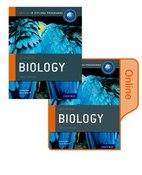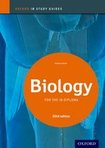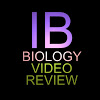General resources
Command Terms
A key part of a successful approach is knowing how to read and respond to a question. Make sure you understand the command terms and always identify it before answering. This is a key skill not just for Biology and your Diploma Programme, effective communication is an important part of a success life.
n.b. the command terms have changed since the last syllabus. When using old past paper questions (and resources that use example questions) you need to take this into account.
n.b. the command terms have changed since the last syllabus. When using old past paper questions (and resources that use example questions) you need to take this into account.
|
A presentation that includes sample questions and answers for each command term.
Download the presentation
Use the card sort exercise below to help learn the different command terms and what objectives they are helping you achieve: |
Flash cards you can use to learn the terms and test your understanding.
|
Textbooks
|
The Oxford University Press IB Course Companion is the recommended text. It is comprehensive, intuitive and well organised.
|
The Biology Study Guide is a very useful asset at the end of the course to aid revision. It should not however be students' prime textbook during the course if students are aiming to achieve the higher grades.
|
Websites
Currently there are a few websites that specifically support the new IB course:
|
Biology for life has some good resources, notes and activities. These are in the process of being developed so not all elements are complete.
|
|
i-Biology is a great set of resource, but they are for the old course (last exam 2015) and should be used with caution.
|
Glossary
There is a lot of Biology and Science specific terminology that needs to be used correctly to both master the subject and to communicate your understanding effectively. Below are links to Quizlet where you can find sub-topic specific flashcards and a sortable vocabulary list. Quiz yourself regularly on the current and past topics and use the vocabulary list to make sure you have covered and understand each term.
|
Scitable by Nature Education is an excellent free science library it includes a comprehensive glossary of biology terms. It is not limited to the IB syllabus and will be useful for students who continue their studies at College/University
|








